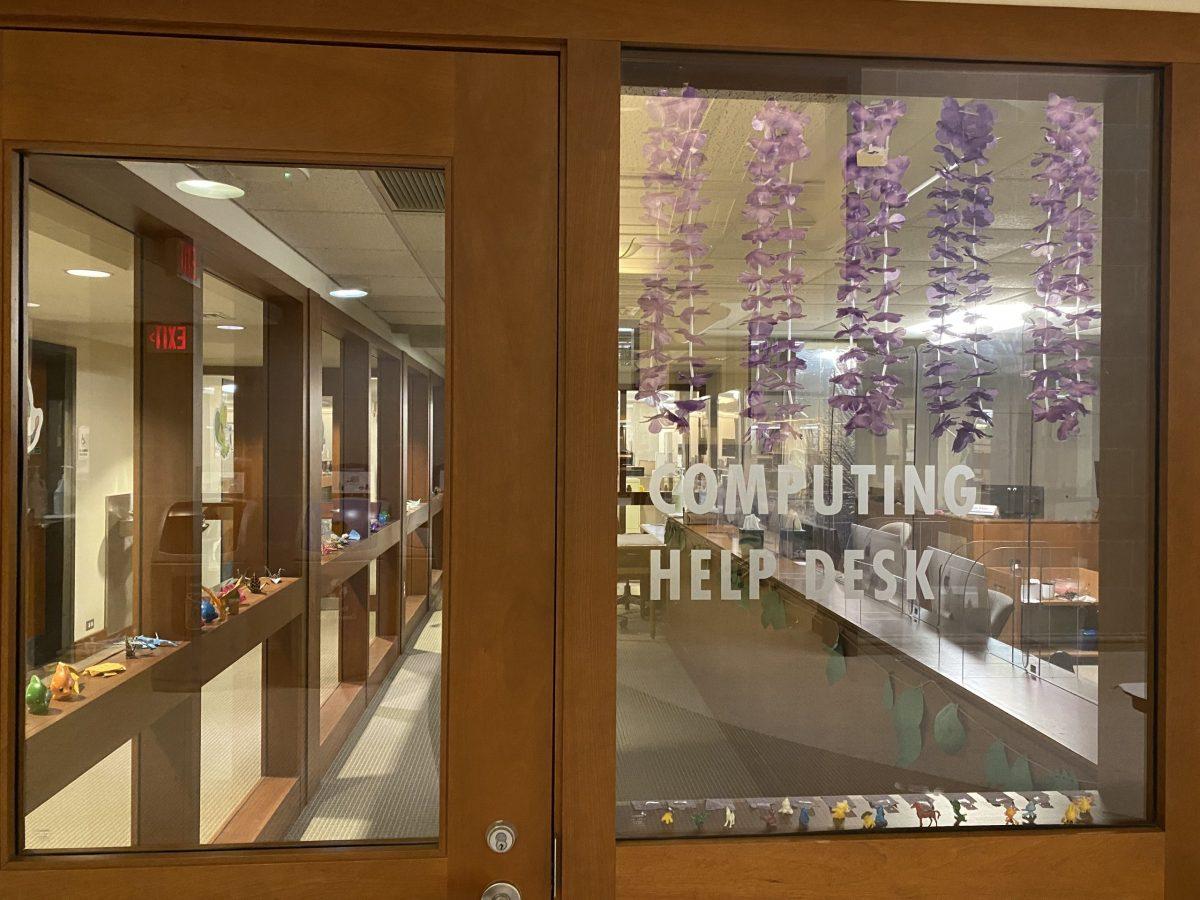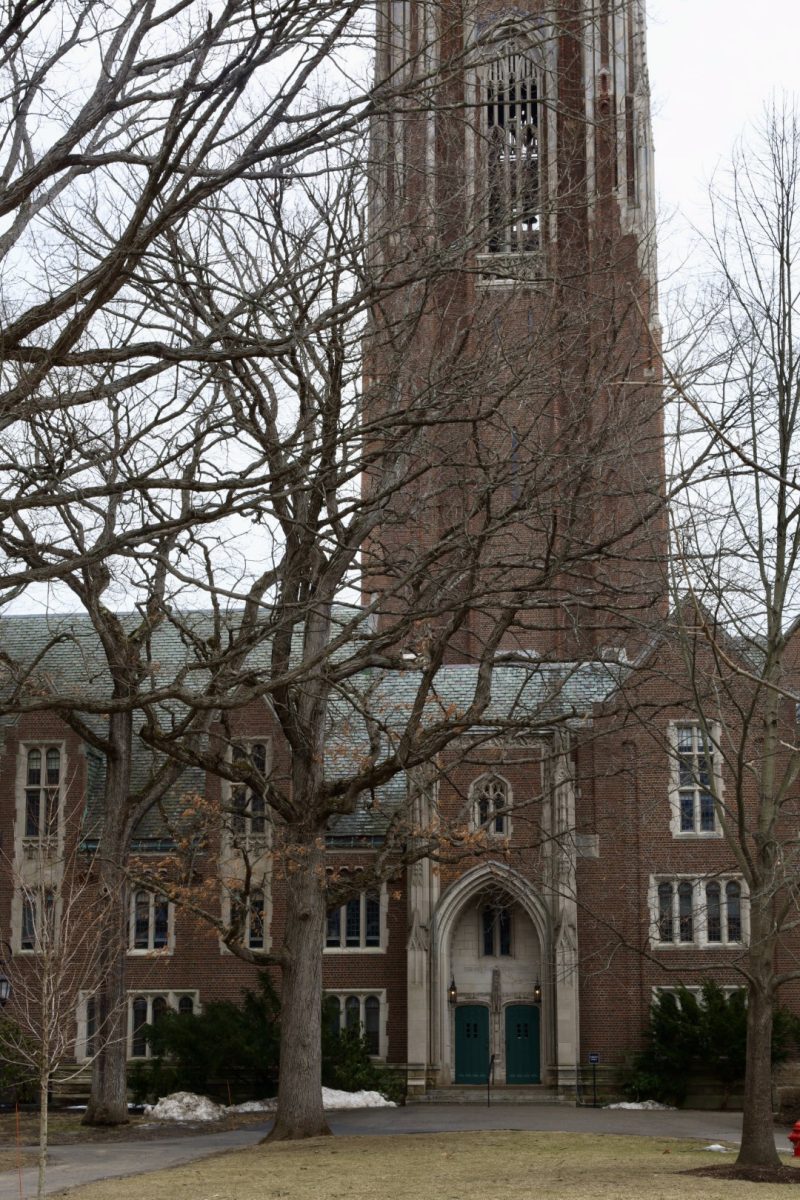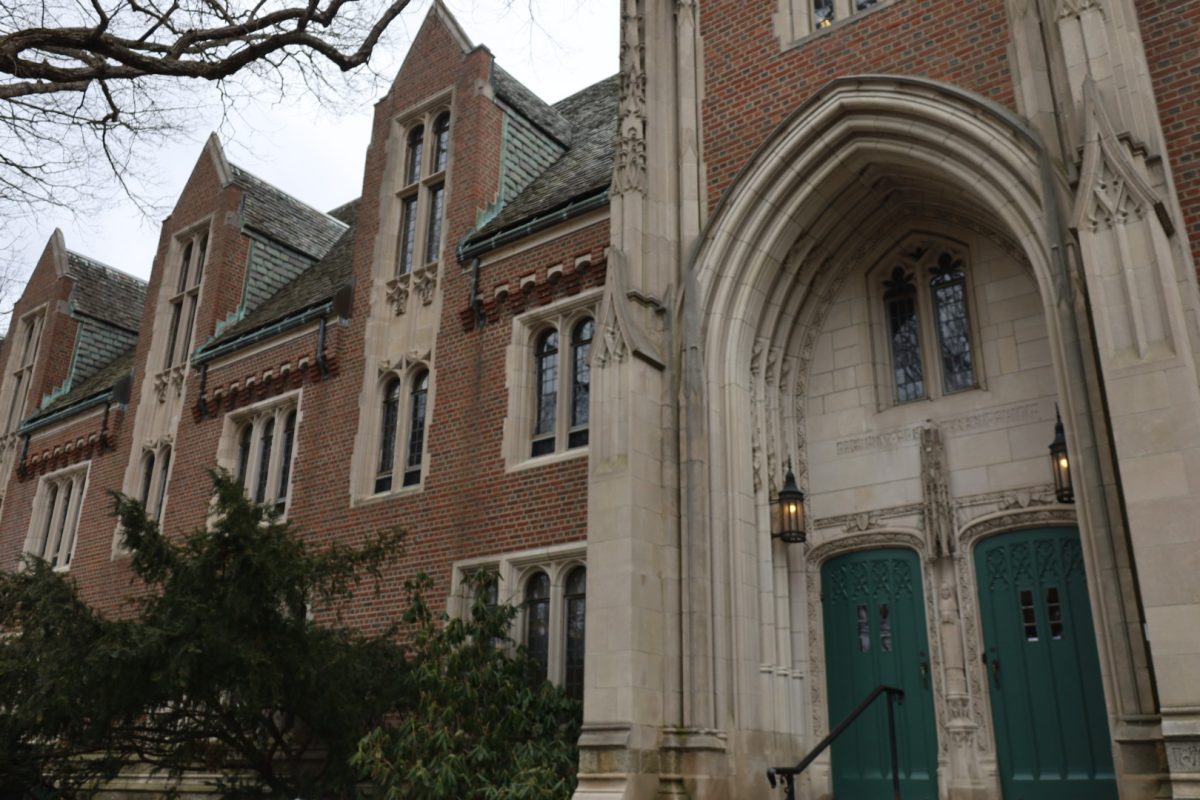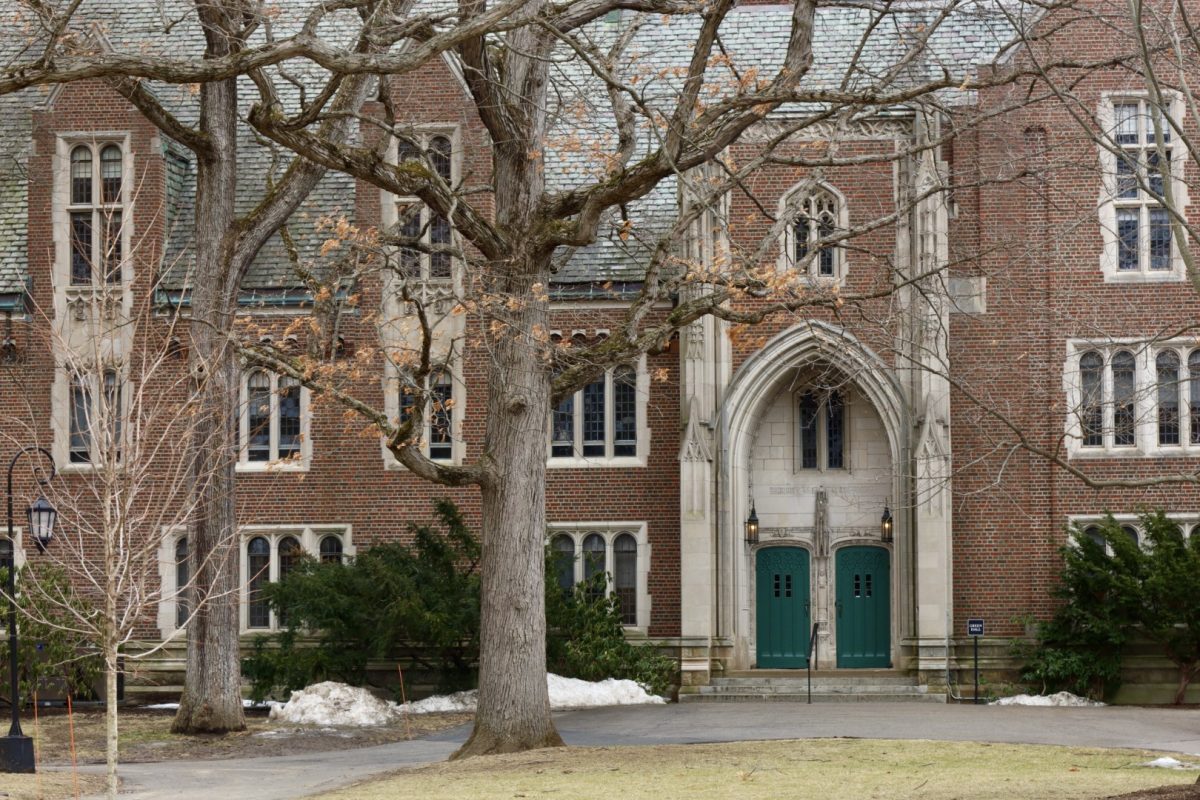On Jan. 24, the first day of the spring semester, a college-wide wireless outage caused numerous problems for students and professors on campus. Due to an issue with IP address configuration, devices had difficulty connecting to the internet, hampering students’ ability to attend classes remotely. Library & Technology Services (LTS) had previously announced scheduled outages in the days leading up to the beginning of classes in order to provide maintenance. However, Monday’s outage was not anticipated.
Student responses:
“My roommate and I tried to join our online classes at 9:55,” Bella Jung ’24 said. “It just wasn’t working, and we — I don’t know if an email had gone out at that point — but we obviously knew that something was wrong.”
Jung and her roommate joined class using a mobile hotspot, which was recommended to students in an email sent from LTS mid-day. The email also suggested that students disconnect from Wi-Fi unless using it for academic purposes. However, Jung noted that this was not a possibility for many.
“Not everyone can have the privilege of having cell service in the dorms, especially if you live in a basement or the bottom floor of a dorm,” Jung said.
Ada Eke ’23 also took issue with this messaging, stating a desire for College administrators to take responsibility for emergencies such as this, rather than putting it on Wellesley students to resolve the issue. Eke suggested that the College could have canceled classes for the day rather than asking students to disconnect all devices.
“They didn’t say anything other than ‘Do your best’ and ‘Don’t use Wi-Fi for non-essential things,’ and that kind of put the onus for resolving everything on the students,” Eke said.
Additionally, Eke believes this messaging is part of a larger issue of accessibility within the College. For example, weather conditions on Feb. 4 made walking around campus difficult, but it was up to professors to move class online.
“They’re doing a job, and it’s not easy, and it’s a big school and Zoom is difficult,” Eke said. “But it’s just an ongoing thing that I wish this college would be more conscious about being accessible.”
The LTS and technical response:
Although the College had previously increased the bandwidth of the network to support remote learning, they still needed to update the hardware. In order to do so, LTS announced network outages before the start of the semester to install a new firewall.
“We had the bandwidth, but the intermediate device, called the firewall, was not capable of handling the [increased] volume,” Ravi Ravishanker, chief information officer (CIO) and associate provost of the College, explained. “It took us three tries to install the new firewall because of difficulties that are too complicated to go through.”
Throughout the week, LTS had been monitoring network usage closely to ensure no connection issues would come up at the beginning of the semester. Despite their caution, issues with connectivity began around 9:30 a.m. on Jan. 24.
Erin Richardson, director of Technology Support Services, added, “The issue with a large and complex network is that all the issues are large and complex. We tried to distill it in that message, but it’s just not trivial.”
After network issues began, LTS reconfigured their machine. Unfortunately, that did not solve connectivity issues, so LTS called their vendor, Cisco. Eventually, after changing IP numbers for all the residence halls, the network connection began to improve.
“The problem with the firewall was a process called network address translation,” Ravishanker said. “That address translation was running out of certain resources. By changing IP numbers, what we are doing is spreading the work in a way that prevents the particular resource from being exhausted. It shouldn’t have been exhausted to begin with, but it was, so we worked around it.”
Richardson urged students to be understanding and cooperative while navigating network issues.
“The vast majority of the time, when a student emails us about a Wi-Fi issue, we are able to identify the misconfiguration on the computer or the device,” Richardson said. “And if that doesn’t work, there are a lot of tools we have in our tool kit. But we have very complex buildings. The network is a complex web of over 1,400 access points. It’s critical that students report issues.”






